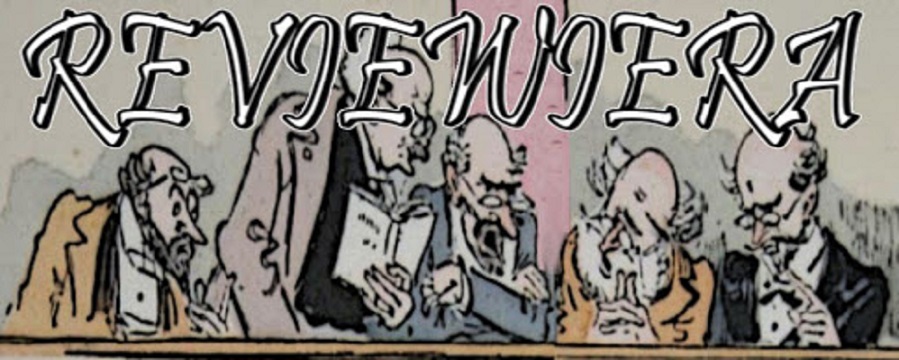Sunday, October 27, 2019
Black Korea
Saturday, October 26, 2019
Light Sleeper
Sunday, October 20, 2019
Neo-Screwball
Tuesday, October 15, 2019
The Unholy Three
Friday, October 11, 2019
The Color of Money
Thursday, October 10, 2019
Precautions on Zipper Use
On vacation, carrying a second-hand roller bag, my ritualized carrying-too-much approach started to impose negative consequences as the bag began to degrade. Day one saw the top handle detach from the bag's body. The last day, pulling a zipper closed, the part I was pulling came off in my hand.
Obviously, once we were on the train, I needed to look up zippers so I would know what their parts are called. I was more or less hoping for a zipper enthusiast site, something like Ian's Shoelace Site, but for zippers. What I found, however, was a full-on brand experience brought to me by YKK. Turns out the part that was in my hand, and no longer attached to the zipper, is called the "pull-tab"! Mission more or less accomplished.
But once you get locked into a powerful vein of specialized information, it can be difficult to pull yourself away, and that's how I ended up on a page entitled "Precautions on Zipper Use". As a clumsy man, with a penis, I'm well aware of at least one major zipper precaution that I would recommend, strongly, to anyone who finds themselves described in this sentence, but that precaution, involving tucking and double-checking, was not to be found on this page, and that lack is literally the only thing wrong with the page.
From "Rough Slider Operation" to "Proper Laundry Procedure", this page will likely teach you more or less everything you need to know about zippers and will almost certainly leave you muttering "STOP. SAYING. 'ZIPPER'" after a while. Some of the warnings will be familiar to the real zipper freaks amongst us—who doesn't at this point know that you rub a candle on a sticky zipper to thereby introduce a lubricative coating?—but it's nice to have everything compiled into a single (re-)source, so you know how to wash, iron, protect, and use your zippers and the fabric around them. Plus the art is really cool. Here's a taste.
(Some art from Precautions on Zipper Use. Note the extremely cool box-outline that shows what the important part is.)
And here is some of the text. I particularly like the style here. It's masterfully clear, and it's so dry it might as well be being narrated by Fred Willard.
Pulled Out Elements
Trying to forcibly close the zipper of an overfilled bag will cause element and tape breakage due to the excess load on the elements.
Reduce the burden by reducing the content of the bag and by bringing both sides of the chain close to each other before closing the zipper.
Fabric Caught in Slider
A slider may catch the fabric, hampering its operation.
Avoid forcing it to move or it will worsen the problem.
Slowly move the slider while pulling out the caught fabric.
Please allow enough room for the slider to move smoothly when sewing the zipper onto the fabric.
Anyway, zippers are good and cool and should be treated with care and respect, whether they are true YKK zippers or not. Please, if you are a real citizen of our fair Reviewiera, act always in accordance with the teachings revealed unto us and curated into our consciousnesses by the good folks responsible for Precautions on Zipper Use.








